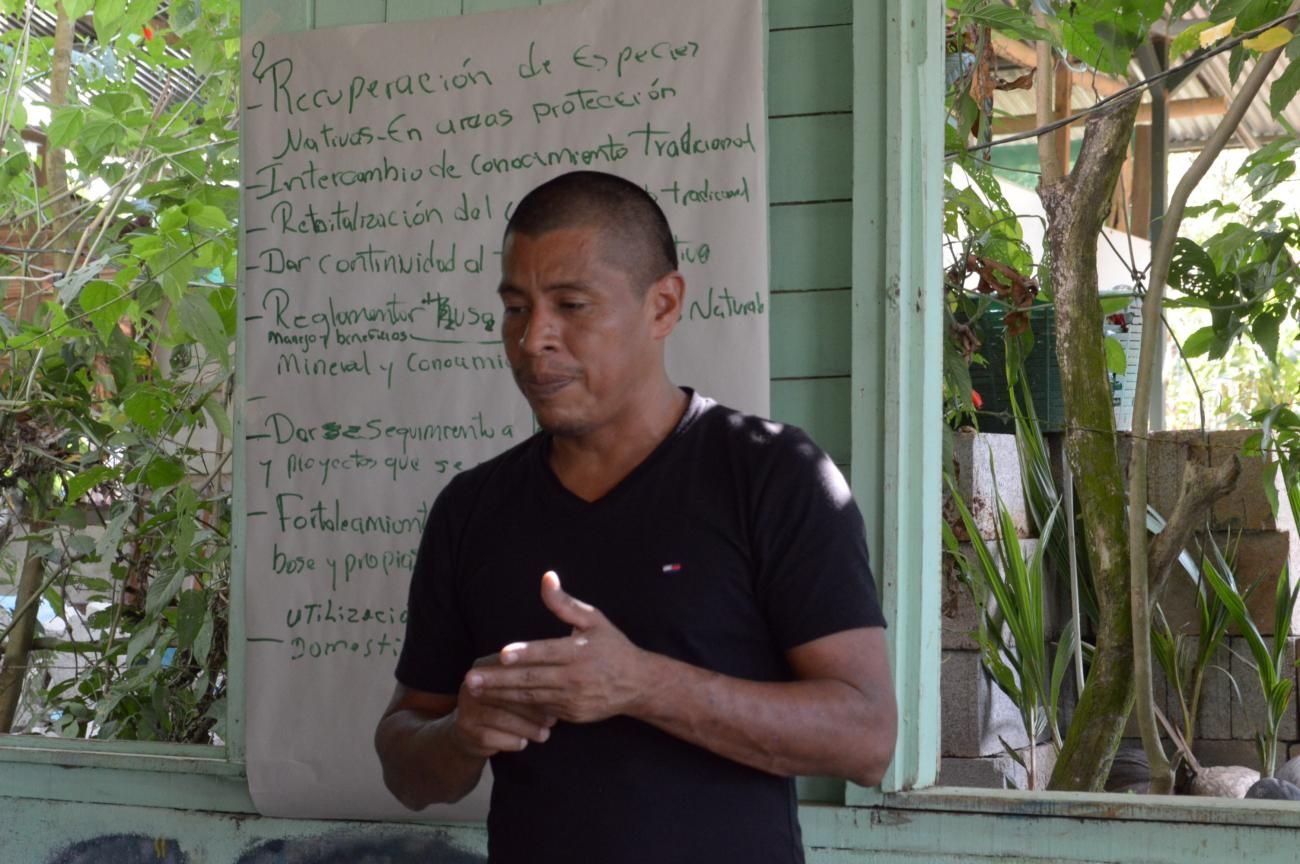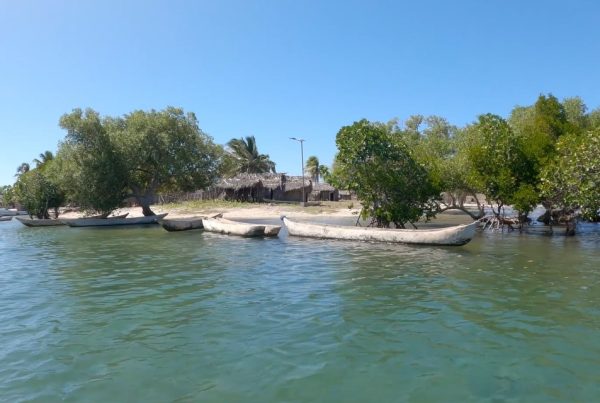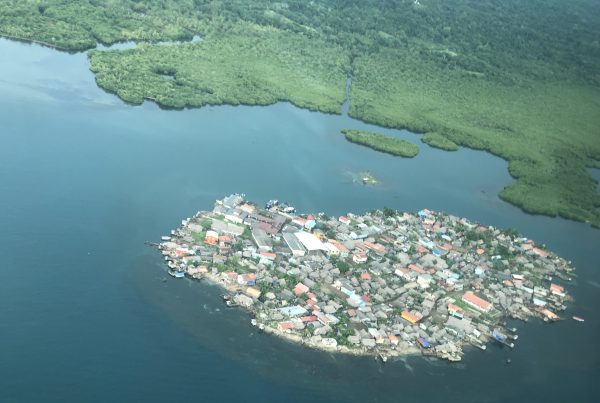In September 2015, Costa Rica made its National Biodiversity Policy 2015–2030 official by means of Executive Decree No. 39118-MINAE. This established a national path towards improved conservation and sustainable use of biodiversity, as well as fair and equitable sharing of the benefits arising from the utilisation of resources.
In 2016, Costa Rica also approved its second national biodiversity strategy, which covers the period 2016–2025. This strategy is related to Costa Rica’s Biodiversity Law No.7788 of 1998. The law embraces the three objectives of the CBD and explicitly includes indigenous participation.
Many participation processes for indigenous peoples were developed, thanks to indigenous advocacy and the openness of the Ministry of Environment and Energy, with the help of the National Commission for Biodiversity Management and the facilitation of the National Indigenous Board of Costa Rica. Of great importance is the fact that these processes included the participation of youths, adults, elderly women and men, and leaders from many community organisations, including traditional authorities and integrated indigenous development associations. The processes included cultural, environmental, economic and agricultural issues, as well as issues related to crafts, ecotourism, healthcare, water and education. They have also opened up participation in many other spaces. In addition, territorial, regional and national workshops have been held, with contributions and recommendations based on different indigenous “cosmovisions”, in order to develop both the national biodiversity policy and the second national biodiversity strategy. The results of the participatory processes were returned to indigenous peoples during specific territorial and regional workshops.
In this way, Indigenous peoples have been able to make contributions and recommendations for the main points, objectives and guidelines of the national biodiversity policy. The policy’s vision includes indigenous peoples explicitly. Similarly, indigenous recommendations for guidelines, actions and 57 programme and project proposals were provided for the second national biodiversity strategy. In addition, 13 proposals were prioritised and government institutions that could potentially be responsible for their implementation were identified.
The second national biodiversity strategy consists of 98 goals. Indigenous proposals contributed to 38 of those goals, which address, among other issues: the use and management of biodiversity; the governance of protected areas; traditional knowledge; indigenous participation; benefit-sharing and strengthening of indigenous economies through the development of tourism; payments for environmental services; and the marketing of agricultural products. Dialogues with public institutions have now started for the implementation of these goals. In particular, work on Goal 63 has been progressing, with regard to the productive and economic development of indigenous territories through tourism activities related to biodiversity. Important discussions and proposals related to sui generis community rights and traditional knowledge have also taken place.
A Térraba leader at a NBSAP workshop in Costa Rica. Credit: Alejandra Loría Martínez, Focal Point for Article 8(j), Costa Rica
Author
- Donald Rojas Maroto, Brunca Indigenous People and President of the National Indigenous Bureau, Costa Rica
Ecosystems
- Tropical forests
Topics
- Genetic diversity and Access and Benefit Sharing
- Governance
Type
- Short-form
Date
- This case study forms part of LBO-2, originally released in 2020.



